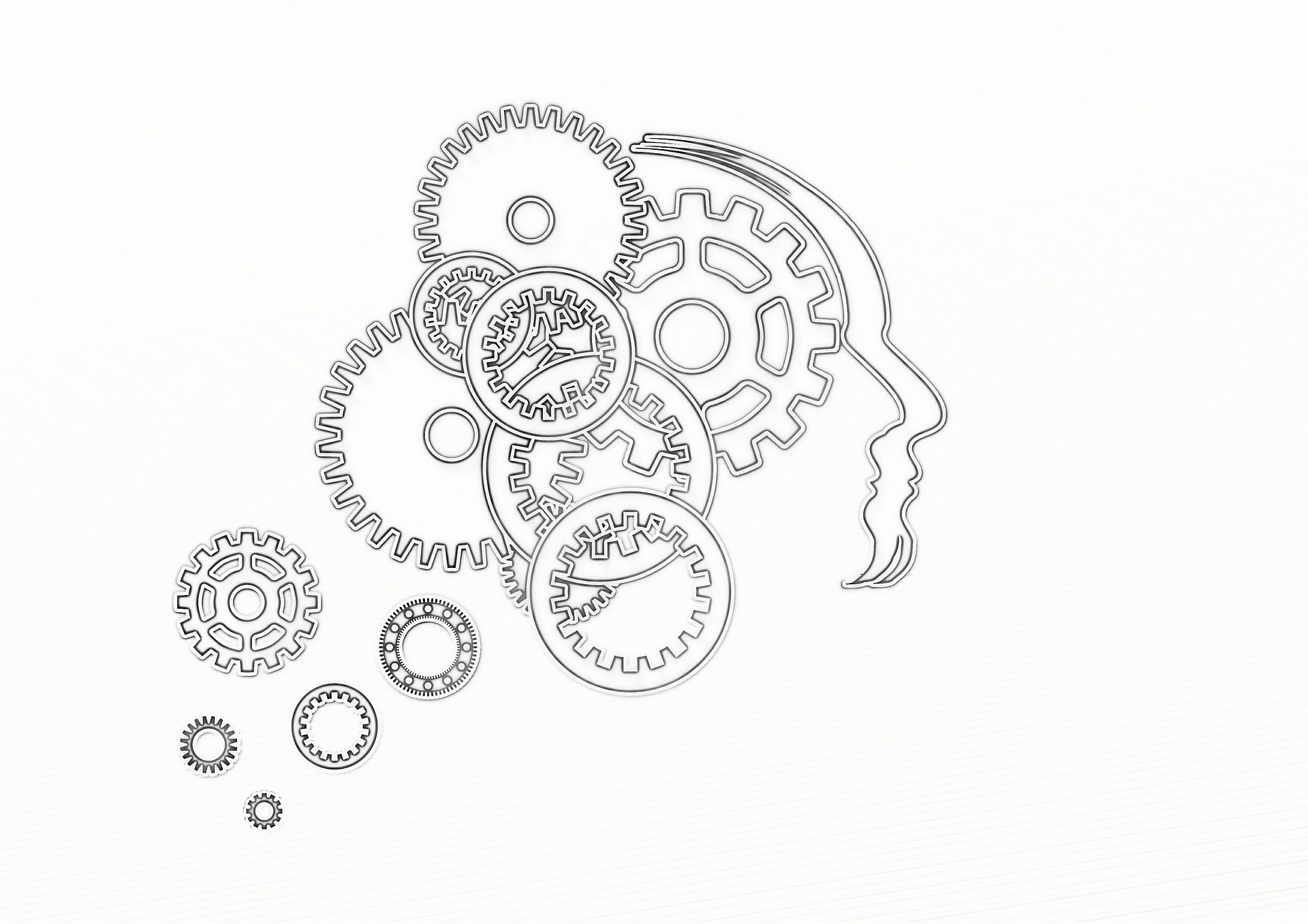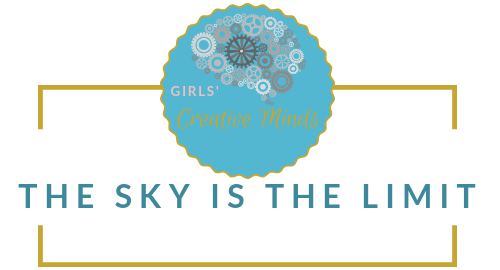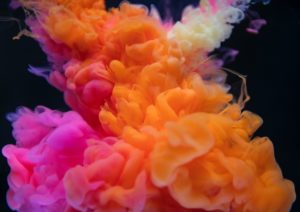Creativity is in each one of us. But what good is talent if it lacks the tools to put creative energy on the road and use it successfully in innovation processes? What tools and methods exist to encourage creativity and make it work?
Before dealing with the helpful tools to strengthen our own creative potential, it is worthwhile to deal with the question of what is creativity? We come closer to the answer when we ask ourselves, “What is the opposite of creativity?”

If one uses the term creativity as an adjective (I am creative), then this marks the special quality of an action – of an active action. The result is that someone who does not act cannot be creative.
The uniqueness of creative people
Creative folks actually like to dream, envision the possibilities as well as wonders of our very own world. Their creative minds can plunge themselves into great imagination but remain rooted in reality.
- Creative people are Sensitive as well as open to experiences
- Creative individuals are indeed passionate, however, objective about their work
- Creative people are never weighed down by rigid gender roles
- Creative people are realistic dreamers
- Creative people are playful, yet disciplined
- Creative people are energetic as well as focused
What makes a creative act?
Take as an example of a non-creative action of daily routine work in the office. We follow certain rules and patterns (e.g. filing and archiving). Nobody would call these activities creative. What is missing then in this routine work, so that they would be described as creative? They lack the moment of novelty. An action is then creative if something “new” is created through it.
 We also talk about creativity when a well-known, proven result has been achieved in a novel way, a kind of creative way to a known goal. For example, the search for alternative energy sources (eg water or wind power) can be called creative.
We also talk about creativity when a well-known, proven result has been achieved in a novel way, a kind of creative way to a known goal. For example, the search for alternative energy sources (eg water or wind power) can be called creative.
Not only the result of an action can be described as creative, but also the way that leads to its realization.
What is the standard for a creative act?
The story of Troy
Take as an example the story of Troy. After ten years of loss fighting under the walls of Troy, war fatigue spread throughout the Greeks army. The Trojans had proved militarily equal. The fall of the fortress was a long way off. The Greeks confessed the failure of their campaign and prepared their withdrawal.
Who is creative?
We, the “ordinary” people – endowed with more or less great talent – are generally not or rarely creative. Since time immemorial such gifted people are worshiped and feared. When in 1957 the then Soviet Union launched its first satellite “Sputnik” into orbit, the creative emergency struck for the American government. It was believed that Russian scientists were more creative than their own.
There are apparently no special qualities that characterize a creative person. So don’t discriminate yourself by saying ‘I’m not as smart, as creative as this or that person’! The reason why many people are not so smart or creative is likely because they never believe in themselves and keep their daily routine.
Creative ways to improvise a solution with limited sources.
Aristotle actually portrays improvisational decisions as a practical reason, which differs from the rule following judgment. He did say our young people can truly master, mathematics, geometry, and related disciplines, but usually does not believe that a young person has good improvisational skills.
The reason for this is that [practical reason] contains knowledge of certain facts, and this is derived from the experience that a young person does not possess; because an experience is actually the fruit of many years.
Particularly impressive is the experienced improviser, whether she directs a symphony, performs an operation or teaches in a kindergarten. Ultimately, improvisation is a form of receptivity to experiencing and also a behavioral style based on that experience. It was developed as a piece of our very own cognitive working system to truly make excellent use of the available resources out there.
Not everyone can be creative in a special way, but everyone has a creative aptitude!
Let’s say you drive to the city center on Christmas Eve for shopping. All parking spaces are taken and the parking garages are overcrowded. You drive around looking for an available parking space – preferably one where you don’t collect a ticket. Did you ever notice how creative you can get when looking for a parking space?
The situation of finding a parking space is always similar or known, but the constellation is always new every Saturday. In this example, you can see that the everyday accomplishments that we seemingly master automatically are highly complex tasks. Clearly, this simple form of creative action is so much our very own nature that we no longer notice it.
Anyone can be creative – even you!
How can anyone release existing creativity?

Creativity often occurs only in phases. As if inspired by a spirit, it seems that the painter does not come with painting; the composer does not come with writing to bring the exuberance of ideas to paper or to the canvas.
But even we, “normal” people, know this phenomenon. There are days when we can enrich our free time or our work with ideas; on other days we cannot make a positive contribution – despite the greatest and convulsive effort. The result of a creative stage is always associated with a feeling of happiness, a good mood. Likewise, if we are in a good mood, in a relaxed atmosphere, we are more likely to develop ideas.
Creativity thus has, figuratively, something of a touch in particular, and when we are in stress, stubborn or narrow-minded, creativity cannot unfold. The most important conditions for the creation of creativity are inner peace, surrounding silence to promote concentration, openness to new and courage to primarily meaningless lateral thinking.





